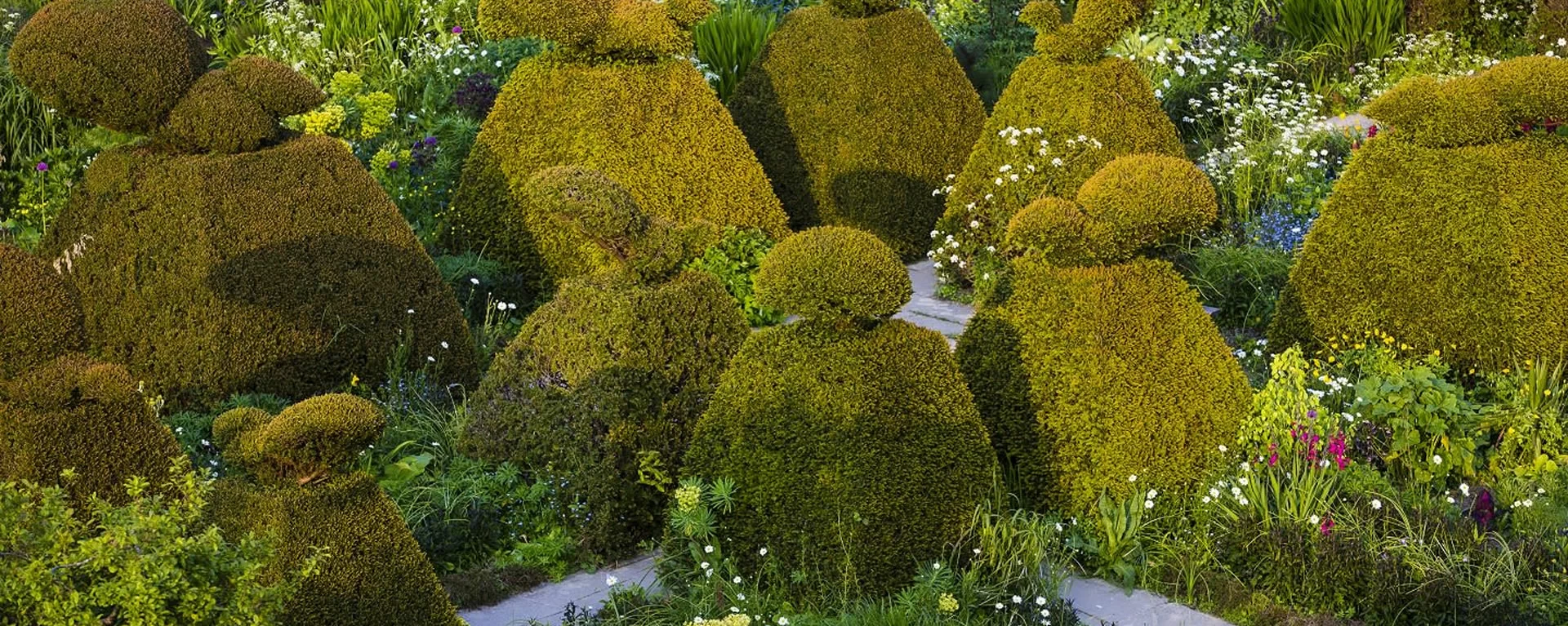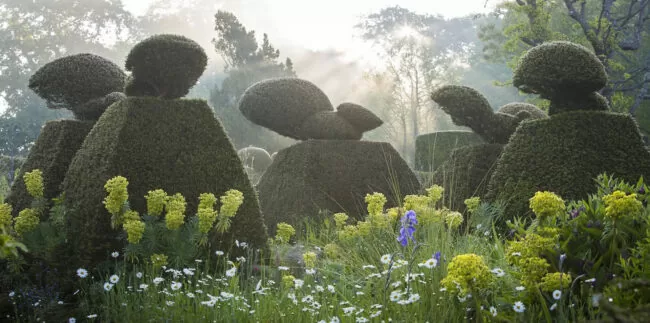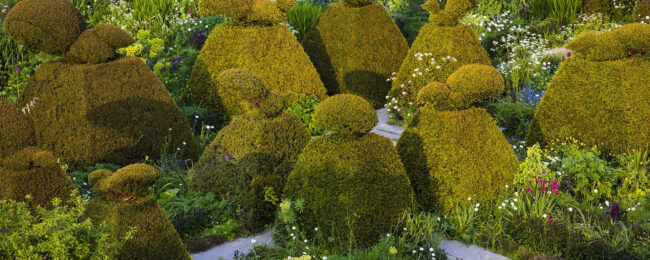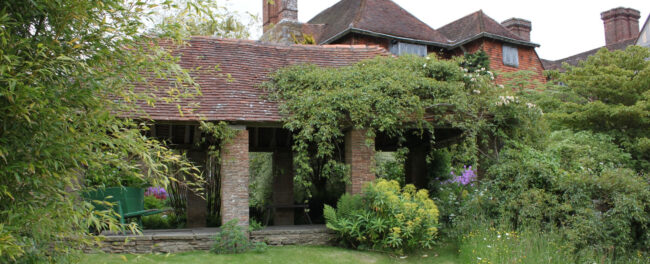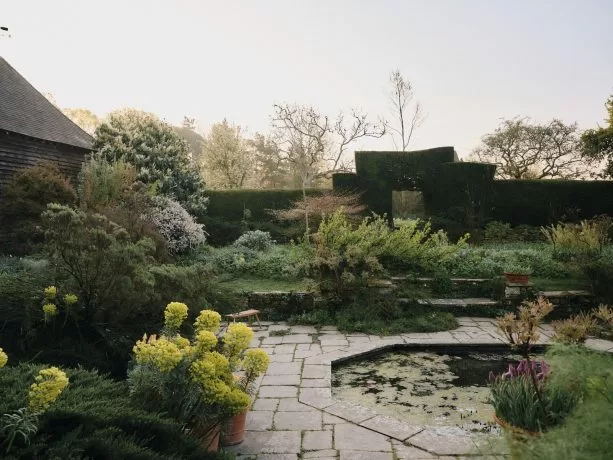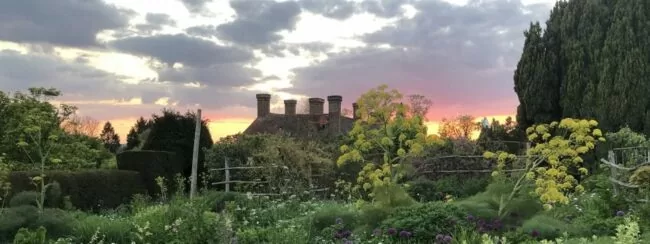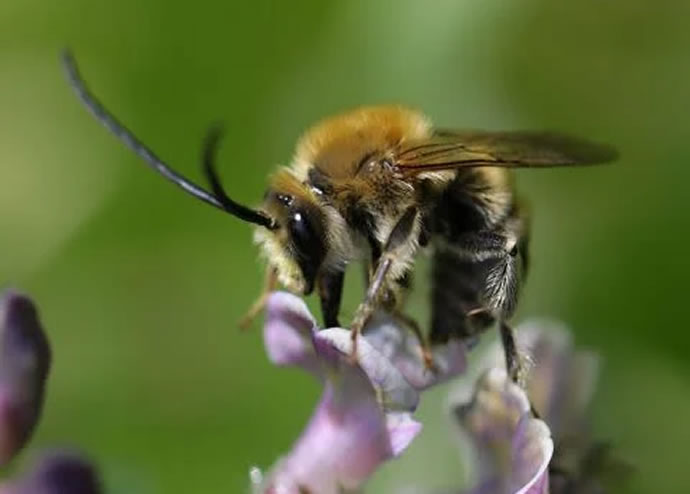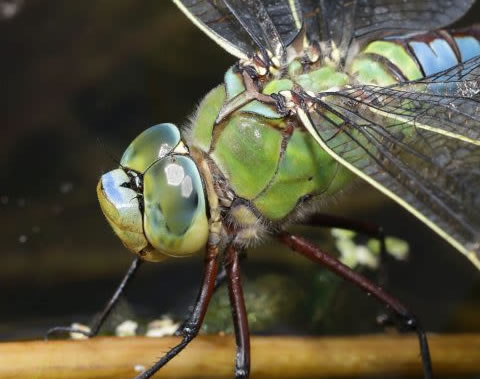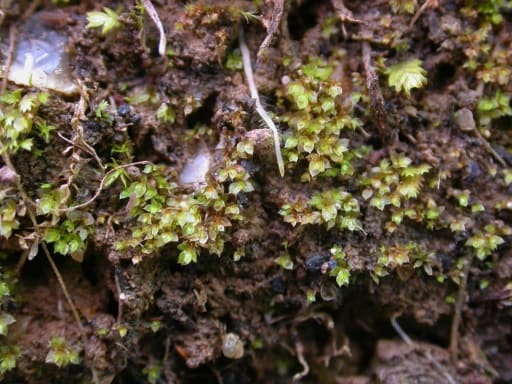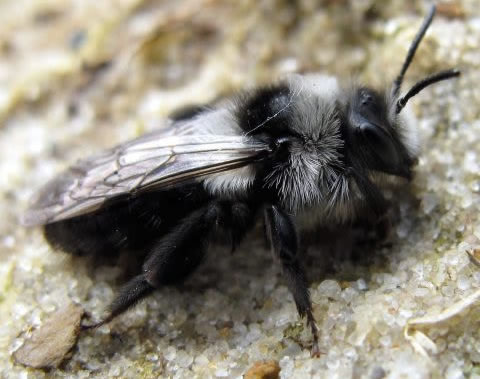Biodiversity
Biodiversity at Great Dixter Online Lecture
You can watch Fergus’ 2020 lecture on biodiversity on demand:
The Great Dixter Biodiversity
Audit 2017-2019
The garden at Great Dixter is known for how it merges the natural and the cultivated world. Its long grass, scattered ponds, old walls, and changing flower borders provide a rich environment for all manner of fauna and flora.
Christopher Lloyd had a deep knowledge and understanding of the wildlife around him and his gardening was influenced by their needs. When the meadows were cut he would leave a buffer zone for insects and coppicing the woods was arranged around the nesting habits of woodpeckers. Care and respect for the natural world have been embedded in the way that Great Dixter operates since the Lloyd family bought the property in 1910.
Nowadays meadow cutting is delayed until insect activity has slowed down and the seeds are set. Dense colonies of common spotted orchids have come to populate grass in both gardens and fields. Chain harrowing and strewing has brought sheep pasture back to a predominantly floral landscape. Woodland rides are scalloped at the edges to allow heat and light for insects. In the garden, seedheads are left for the birds to feed on in winter. Through practices such as these Great Dixter has set a trend in the horticultural world.
If you want to create your meadow the High Weald AONB has some great resources: http://www.highweald.org/look-after/weald-meadows-network.html.
Agrifactors are also a good source of local seed: https://agrifactors.farm/home/wildflower/.
In addition, meadow cuttings from our meadows will be available to collect for a limited period by appointment in August or September for people to use to create their own meadow (meadow plants can be locally adapted so local people only please) Please note that some of our meadow areas do contain exotics such as crocus so cannot be guaranteed as wild. Please contact [email protected] to register your interest. Donations are welcomed by way of payment!
In August 2017 a £30,000 grant from the Heritage Lottery Fund and support from private donors provided the funds to run a biodiversity audit of the garden and estate to add weight to this message. Surveys and habitat assessments were carried out through 2017 and 2018 by specialists who looked at the grassland and hedgerows, lichens, mosses, fungi and trees as well as the birds, mammals, reptiles, spiders, butterflies and insects. The history of the landscape was examined to see how this affects the environment that exists today. Local and national biological groups and volunteers took part in the recording and Great Dixter staff were taught to be more aware of biodiversity and to carry out ongoing monitoring.
Click to view the full set of Biodiversity Audit Reports.
The findings were evaluated for what they show about habitat diversity and connectivity and the further opportunities presented. These results will influence the way the site is managed in the future, balancing the needs of wildlife, access, gardening, and forestry.
98% of species-rich meadows have been lost since the last war. Fergus Garrett and the Great Dixter Charitable Trust want gardens and horticulture to play a part in addressing the loss by enhancing the environment in which wildlife can flourish and by promoting the essential cooperation between man and nature.
The survey is the first stage in making this happen at Great Dixter and will hopefully set an example for gardens elsewhere.
Wood anemones and old chestnut
coppice in Four Acre Shaw
Photos by Ian Phillips, Julie Weiss, and Brad Scott.
